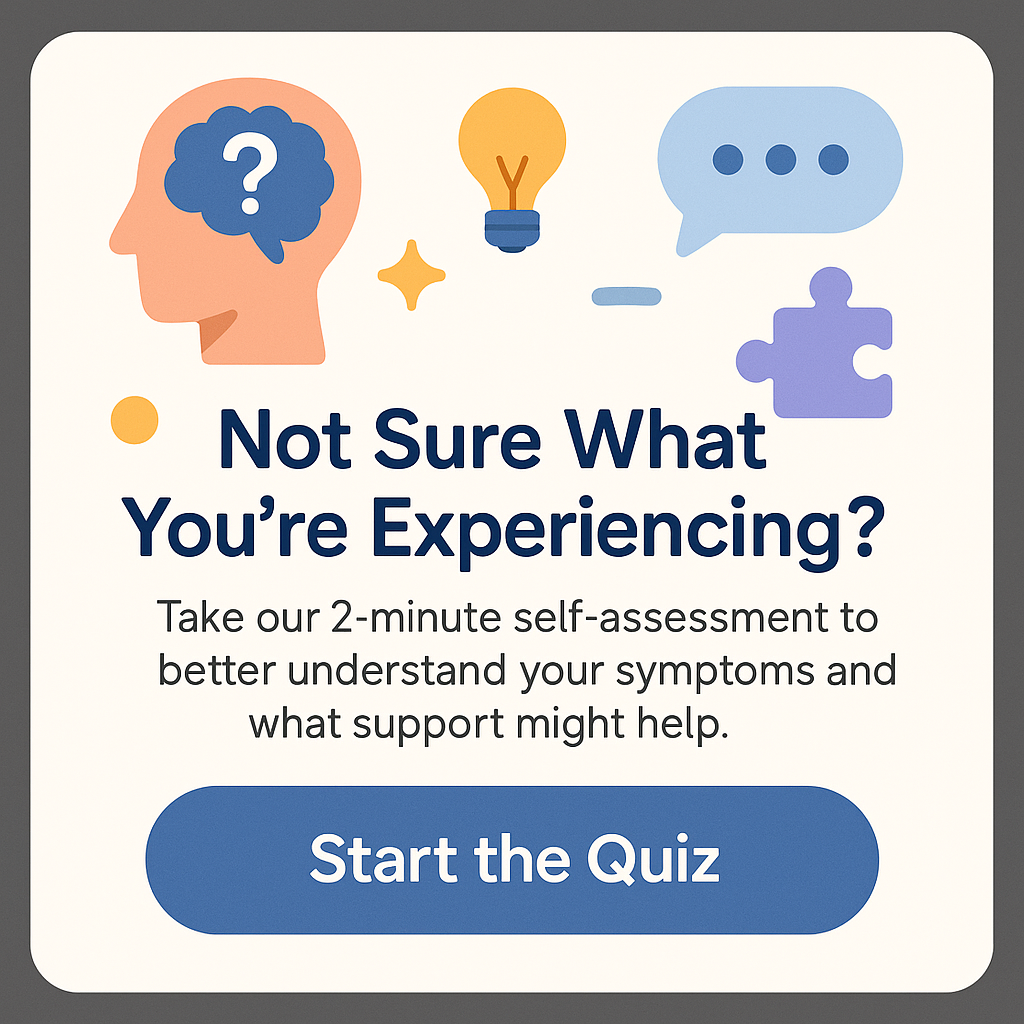What is an example of avoidance in ABA?
What is an example of avoidance in ABA? This question often arises among educators, therapists, and caregivers who work with individuals exhibiting challenging behaviors, particularly those with Autism Spectrum Disorder (ASD). Behavioral analysis, particularly Applied Behavior Analysis (ABA), offers insights into various strategies and techniques that can help reframe undesirable behaviors effectively. In this article, we will explore avoidance behavior, provide examples, and delve into the intricacies of ABA interventions.
Avoidance behavior in ABA refers to the actions individuals take to prevent or postpone an unwanted or unpleasant situation or outcome. This can manifest in numerous ways, from simple actions like leaving a room to complex behaviors like shutting down in therapy session settings. Understanding avoidance in the context of ABA is vital because it helps therapists and caregivers recognize when an individual may be struggling or feeling overwhelmed. By recognizing these patterns, they can develop tailored interventions to help the individual cope more effectively and even reduce the occurrence of avoidance behaviors.
Understanding Avoidance Behavior in ABA
So, what is an example of avoidance in ABA? To clarify this concept further, let’s dive into how avoidance behavior operates within the ABA framework. Behavior analysts often refer to the ABC model: Antecedent, Behavior, and Consequence. The antecedent sets the stage for a behavior to occur, while the consequence can reinforce the behavior or discourage it. When looking at avoidance behavior, it’s crucial to analyze the antecedent and the subsequent behavior of the individual.
For instance, imagine a child who has to complete a difficult math assignment. The child might experience feelings of anxiety or frustration when faced with this task. To avoid these negative feelings, the child may employ avoidance strategies, such as requesting a bathroom break or pretending not to understand the instructions. Instead of tackling the assignment directly, the child uses these avoidance methods to escape from the discomfort associated with math.
A vivid illustration of avoidance in ABA can be found in a classroom setting. Consider a student who consistently finds excuses to leave the classroom. The avoidance behavior here is demonstrated whenever the student asks to go to the nurse or claims they forgot an important book in their locker. In both instances, the student is attempting to escape the anxiety or stress provoked by the lesson or social interactions. This pattern can lead to significant gaps in learning if not addressed. In such scenarios, ABA interventions would focus on identifying the triggers that lead to these avoidance behaviors and implementing strategies to manage anxiety and bolster the student’s coping skills.
Furthermore, avoidance can be observed when individuals fear certain social situations. If a child is anxious about an upcoming birthday party, they may choose not to attend, thereby avoiding the discomfort associated with potential social failures. This behavior indicates a need for support in handling anxiety—an area where ABA can provide effective strategies.
Common Examples of Avoidance in ABA
Now that we have established a foundational understanding of avoidance behavior in ABA, it’s beneficial to explore some common examples that you might encounter in practice. These examples transcend age and environment, popping up in homes, schools, and clinical settings.
1. Social Avoidance: This is perhaps one of the most relatable forms of avoidance behavior. Imagine a teenager who is invited to a social gathering but declines to go, fearing ridicule or judgment from peers. As a result, the teen opts to stay home, watching movies alone instead of facing potential social challenges. Here, avoidance serves as a coping mechanism rather than confronting the situations that invoke anxiety.
2. Escape from Tasks: Take, for instance, a child given a reading assignment. Suppose the child struggles with reading fluency and knows the task will be challenging. To circumvent this uncomfortable situation, the child might feign illness or ask to go somewhere else. This is a clear example of task avoidance in which the undesired task is sidestepped in favor of alleviating discomfort.
3. Physical Avoidance: Physical avoidance occurs when individuals take actionable measures to distance themselves from stressors. Consider a person who feels overwhelmed in a crowded room; they may swiftly exit the space. In this scenario, leaving the environment acts as a way to escape overwhelming feelings, utilizing avoidance behavior effectively.
4. Avoiding Difficult Conversations: Many of us can resonate with the notion of avoiding tough conversations. For instance, a caregiver might delay discussing a challenging aspect of care with a loved one, choosing instead to change the topic whenever it arises. This type of avoidance may temporarily ease discomfort but often leads to unresolved issues.
5. Postponing Decisions: Sometimes, avoidance manifests in the form of procrastination. When faced with an important decision, a person may avoid the choice altogether, leaving it to linger without resolution. This delay can ultimately intensify stress, leading to a cycle of avoidance rather than promoting proactive behavior.
How ABA Interventions Help Combat Avoidance
Recognizing what is an example of avoidance in ABA allows caregivers, parents, and therapists to intervene appropriately. ABA interventions are designed to confront avoidance behaviors, teaching individuals healthier coping strategies to handle stress and anxiety. Although avoidance can manifest in various forms, effective ABA strategies can reduce its impact on learning and social development.
One effective approach is exposure therapy. Exposure therapy gradually introduces individuals to feared situations or stimuli in a controlled manner. For example, let’s revisit the teenager hesitant to attend social gatherings due to fear of judgment. An ABA therapist could help the teenager prepare for potential interactions through role-playing scenarios, enhancing their confidence and coping mechanisms. This process can demystify social encounters, enabling the teen to navigate these situations with a newfound sense of competence.
Moreover, reinforcement strategies can encourage positive behavior. For instance, using praise or rewards when the individual effectively faces an anxiety-inducing task can bolster their willingness to engage. Consistent reinforcement builds resilience and gradually lowers the reliance on avoidance tactics.
Behavioral contracts serve as another effective tool in addressing avoidance behavior. These contracts outline specific expectations and consequences related to tackling avoidance tendencies. For instance, if a child agrees to complete homework without requesting breaks, they could earn privileges, making the process more engaging and less daunting.
Fostering Coping Skills via ABA Techniques
Addressing avoidance behavior in ABA is not solely about curbing undesirable actions; it is also about equipping individuals to develop coping mechanisms that contribute positively to their mental health and overall well-being. This brings us to the significance of fostering coping skills through various ABA techniques.
Implementing mindfulness practices can significantly enhance coping strategies. Mindfulness teaches individuals to focus on the present moment without judgment, allowing them to observe their emotions without feeling overwhelmed. This approach proves particularly beneficial in reducing anxiety associated with social anticipations. Incorporating short mindfulness exercises, such as deep breathing or guided visualization, can enhance individuals’ comfort levels in potentially anxiety-provoking situations.
Another technique involves teaching problem-solving strategies. By breaking down overwhelming tasks into manageable steps, individuals can approach challenges without resorting to avoidance. For example, a child facing a sizeable math assignment could work with a therapist to create a step-by-step action plan, making the overall task feel less intimidating. This promotes a proactive attitude and instills confidence in their capabilities.
Additionally, teaching emotional regulation skills is critical. Helping individuals identify and express their feelings constructively allows them to communicate effectively about their experiences. This can diminish avoidance behavior by providing the individual with tools to handle discomfort uniquely and positively. Consider the child who typically avoids uncomfortable situations to manage their feelings. Through emotional regulation training, they learn to articulate their anxiety instead of fleeing it, significantly altering their response to stress.
Conclusion
So, what is an example of avoidance in ABA? We’ve explored this concept in various dimensions, from recognizing avoidance behaviors in different contexts to understanding the strategies that ABA professionals employ to address these challenges. Avoidance behavior is a complex phenomenon that requires careful examination and intervention. Through the use of ABA principles, practitioners can help individuals navigate their anxieties, improve their coping strategies, and ultimately reduce the impact of avoidance behavior in their lives.
Engaging individuals in overcoming avoidance not only paves the way for enhanced learning and social interactions but also improves their quality of life. As educators, therapists, and caregivers, we must remain vigilant in identifying avoidance patterns and employing tailored interventions to promote resilience and growth. Ultimately, the goal of ABA is to empower individuals to confront challenges rather than evade them, fostering a path towards greater independence and fulfillment.
FAQs
- What are common signs of avoidance behavior? Common signs include procrastination, excuses to leave situations, or emotional outbursts when faced with specific tasks.
- How can I address my child’s avoidance behavior at home? Create a safe environment for open discussions about anxieties and gradually expose them to situations that trigger avoidance.
- Is avoidance behavior always negative? Not necessarily; avoidance can act as a short-term coping mechanism. However, it becomes problematic when it impedes growth or learning.
- What interventions are most effective for tackling avoidance in ABA? Exposure therapy, reinforcement strategies, and fostering emotional regulation skills are key interventions.
- How long does it take to see improvement in avoidance behaviors? Improvement timelines vary; however, consistent intervention often results in noticeable progress within a few weeks to months.
Can Autistic People Fall in Love? Understanding Love and Relationships







